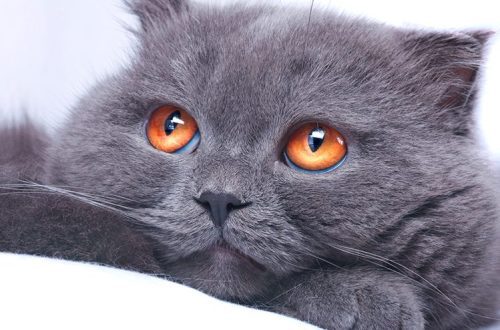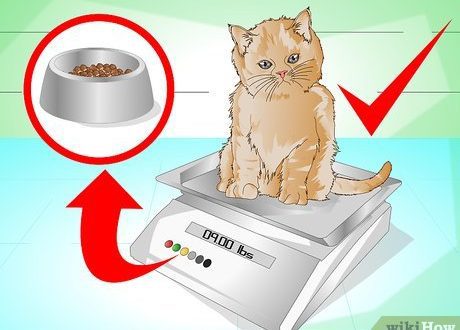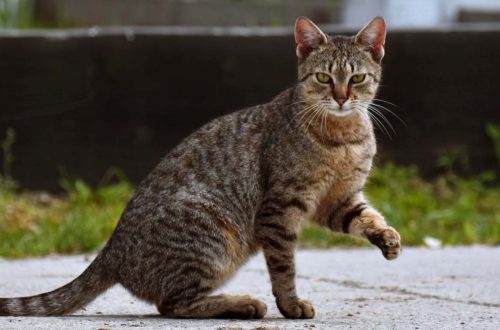
A cat’s whiskers fall out: causes and consequences
What people habitually call cat whiskers are actually vibrissae. These are special hard hairs that capture vibration from surrounding objects. Why are they needed and what will happen if they fall out?
Vibrissa Features
Due to the deep location in the thickness of the skin and the abundance of nerve endings-receptors at the base of the vibrissae, they help the cat to navigate in the environment. The same hairs can be seen above the eyes (eyebrows), on the chin (beard) and on the inner surface of the front legs.
Like all hair, vibrissae can also fall out and grow back. So, if a cat loses its whiskers, this is quite normal. But if the mustache and eyebrows have become noticeably less frequent, shorter and at the same time it is noticeable that the cat has become clumsy, you need to look for the cause.
Mustache loss due to allergies
Allergic rashes may cause itching. To scratch them, the cat rubs its muzzle with its paw or rubs against surrounding objects. Vibrissae are quite fragile, so they can break off right at the root or higher. This is one of the leading reasons why whiskers fall out in cats. To stop this, you need to contact your veterinarian. He will establish the cause and select the appropriate food, hair and skin care products, and prescribe medications that will relieve itching. The irritation will disappear, and the cat will stop scratching, and the mustache will grow back.
skin diseases
Fungi, bacteria, parasites in themselves worsen the strength of hairs, including vibrissae. Scuffs, crusts, wounds cause discomfort, which the cat seeks to get rid of by scratching. These are two more reasons why a cat’s whiskers fall out. If diseases develop in those areas where vibrissae grow, they will also fall out or break off.
Bacterial, fungal or parasitic skin infections require a thoughtful approach to diagnosis and treatment, so consultation with a veterinary specialist is necessary. He will take a scraping to determine the causative agent of the disease, select the appropriate drugs, shampoos, ointments, lotions. If diseases are treated in time, then the mustache, eyebrows and beard will definitely grow back.
Акне
The appearance of acne in cats is associated with excessive activity of the sebaceous glands, which are located at the base of the hair follicles. Sebum is vital for every cat. The fat lubricates the hairs, making them waterproof, which allows the cat to regulate its body temperature and not get wet for some time when in contact with moisture. The secret of the sebaceous glands protects the skin from dryness, maintains its health. And finally, it is sebum that makes the smell of each cat individual, by which they remember relatives.
There are a lot of sebaceous glands on the muzzle, therefore, if their work is disturbed, the outlet is clogged. Just in the area of uXNUMXbuXNUMXbthe mustache, eyebrows and chin, the cat feels maximum discomfort. This can be seen if the pet rubs its muzzle for no apparent reason, and the coat in some places has become very oily or, conversely, dry.
A veterinary specialist will also help here, since it is difficult to cope with acne in cats on your own. After the normalization of the sebaceous glands, vibrissae will grow back.
Mechanical trauma
Games, rude stroking of a person, and even a special shearing of vibrissae can also cause them to fall out. They, of course, will grow back, but if possible, then such traumatic situations are best avoided.
If your pet has a noticeably smaller mustache, it is better to show it to a veterinarian. A lost mustache in a cat can be a normal phenomenon, or it can be a symptom of a disease.
See also:
● Why does a cat need a mustache ● Sense organs in cats and how they work ● Common Cat Myths – Finding the Truth with Hill’s





